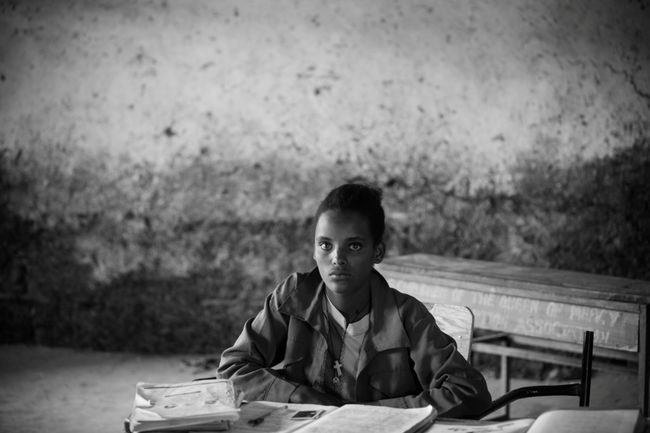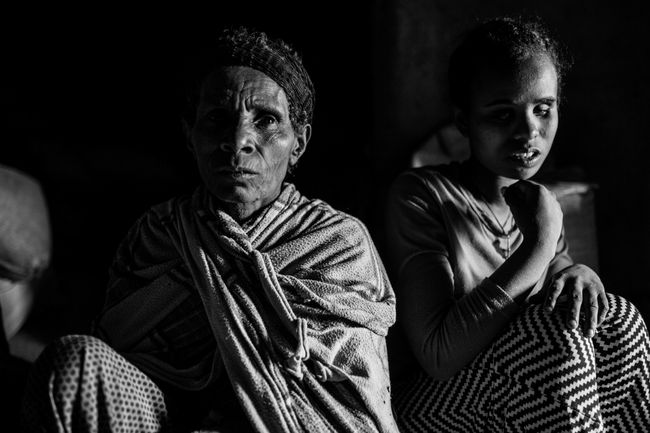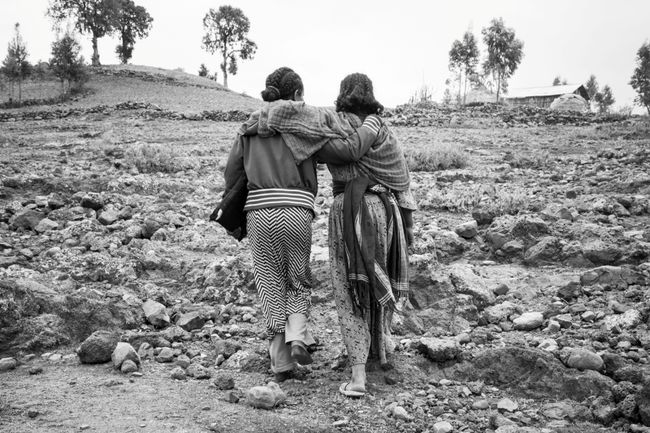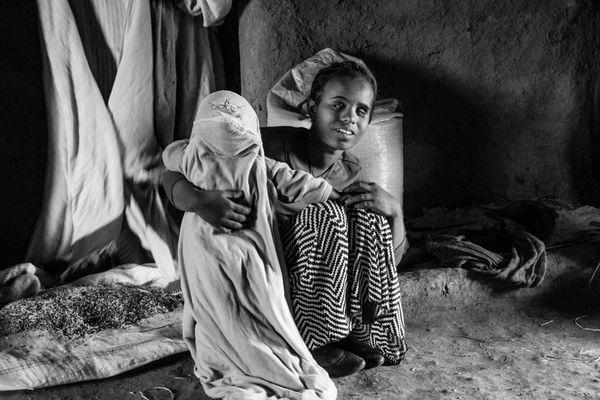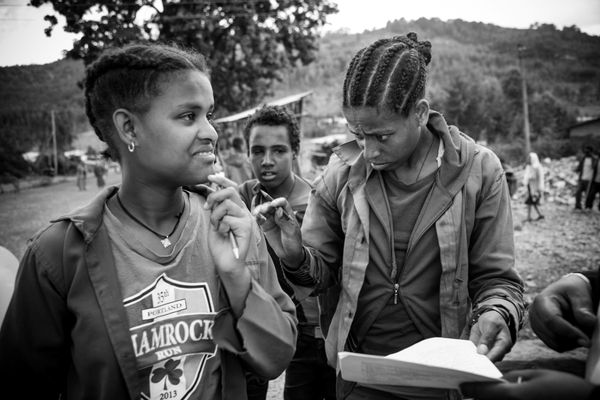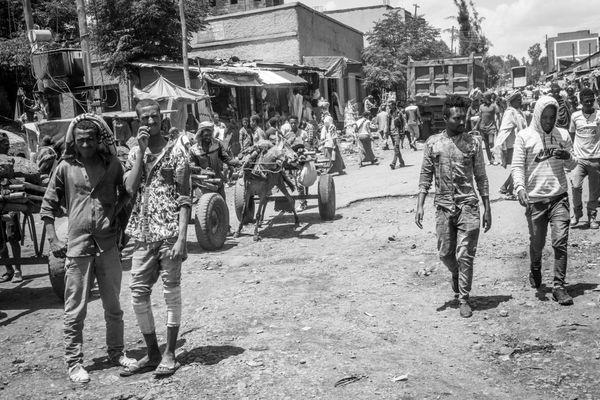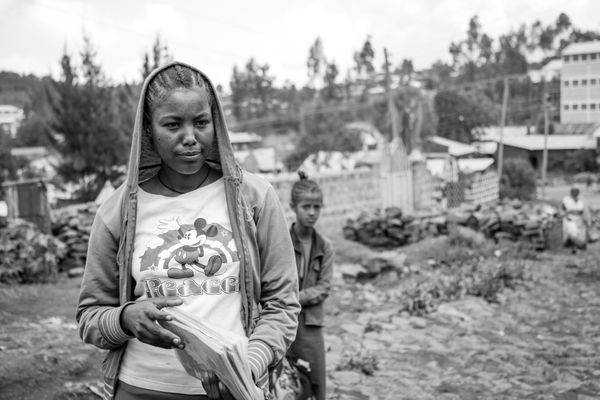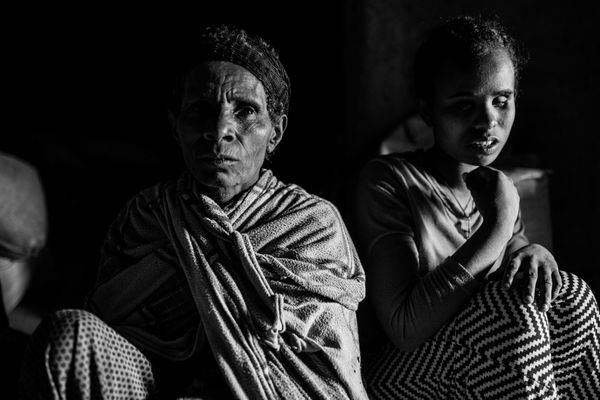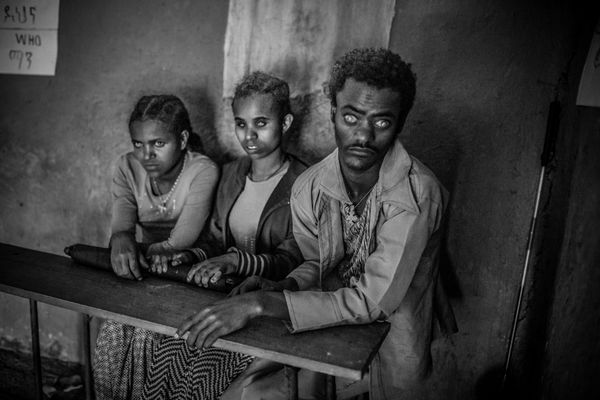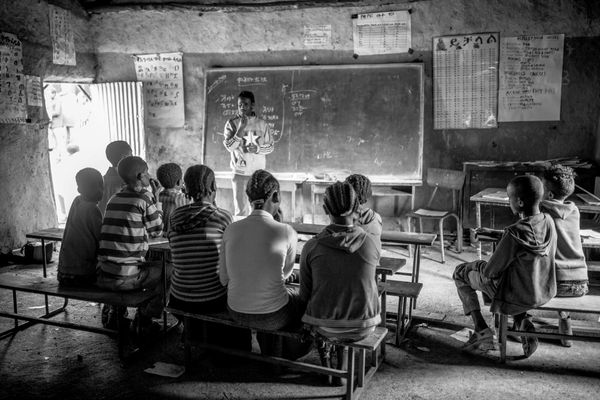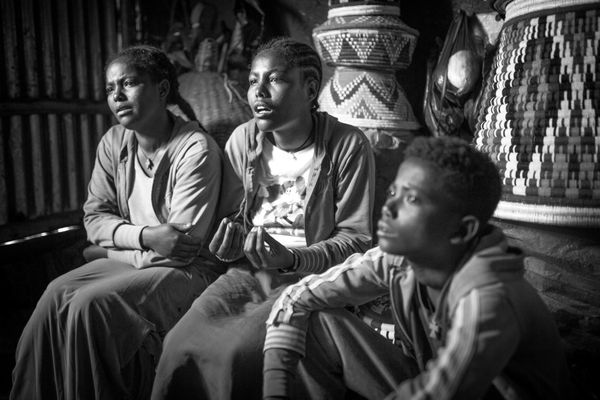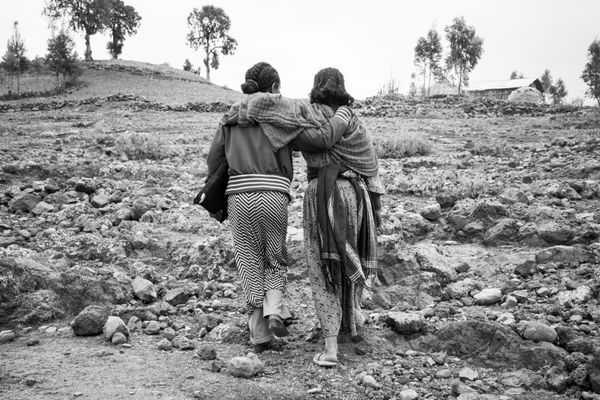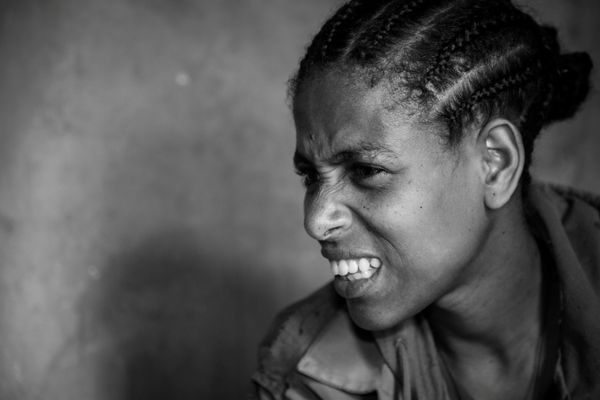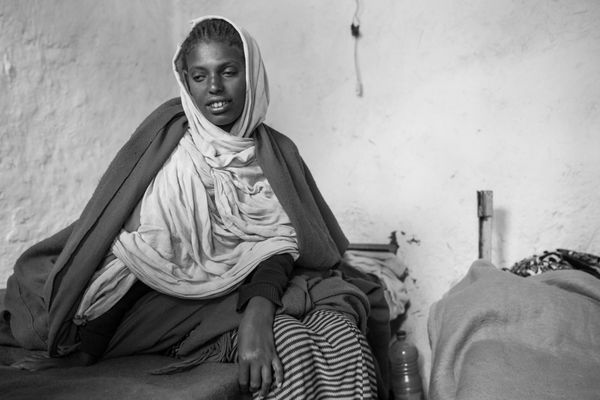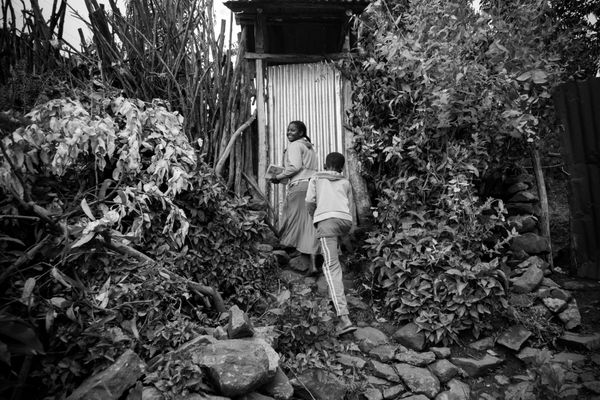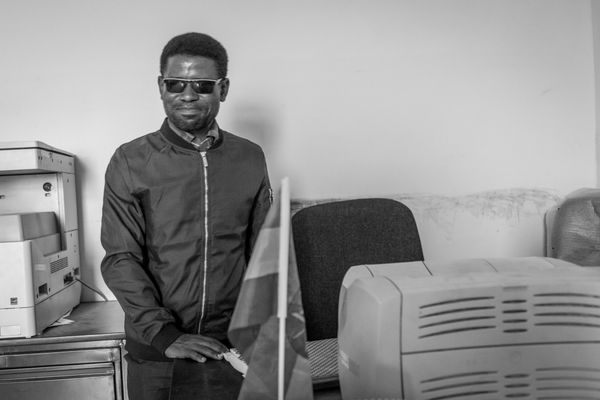Out of sight: the Ethiopian girls struggling for visibility
-
Dates2018 - 2018
-
Author
- Location Ethiopia, Ethiopia
Over the last decade, Ethiopia registered impressive economic performance, cutting poverty by half. Yet, not everyone is benefiting equality. A group of very marginalised teenagers still falls between the cracks of service provision - girls living with the triple burden of poverty, gender and disability.
Thousands of boys and girls with disabilities in Ethiopia are invisible in government statistics, unable to access health services, discriminated by society and, as a result, trapped in a cycle of poverty and violence.
A report from UNFPA and the Population Council highlights that one in every three girls living with disabilities has been forced to have sexual intercourse against her will, almost double the incidence rate reported by girls without disabilities. Girls with disabilities also face systematic and violent abuse at home and in their communities, blamed for being different, and feared for being under ‘the spell of witchcraft’.
Specialized health and rehabilitation services are not accessible to the majority of the population and medical aids are expensive: crutches cost $8 on average and a wheelchair costs $224, unaffordable for most Ethiopians.
Only a fraction of children with disabilities are enrolled in formal education structures. Ethiopia, with a population over 100 million, only has 164 schools that serve students with hearing, visual and intellectual impairments. There are only two schools for students with autism, both of which are in Addis Ababa.
